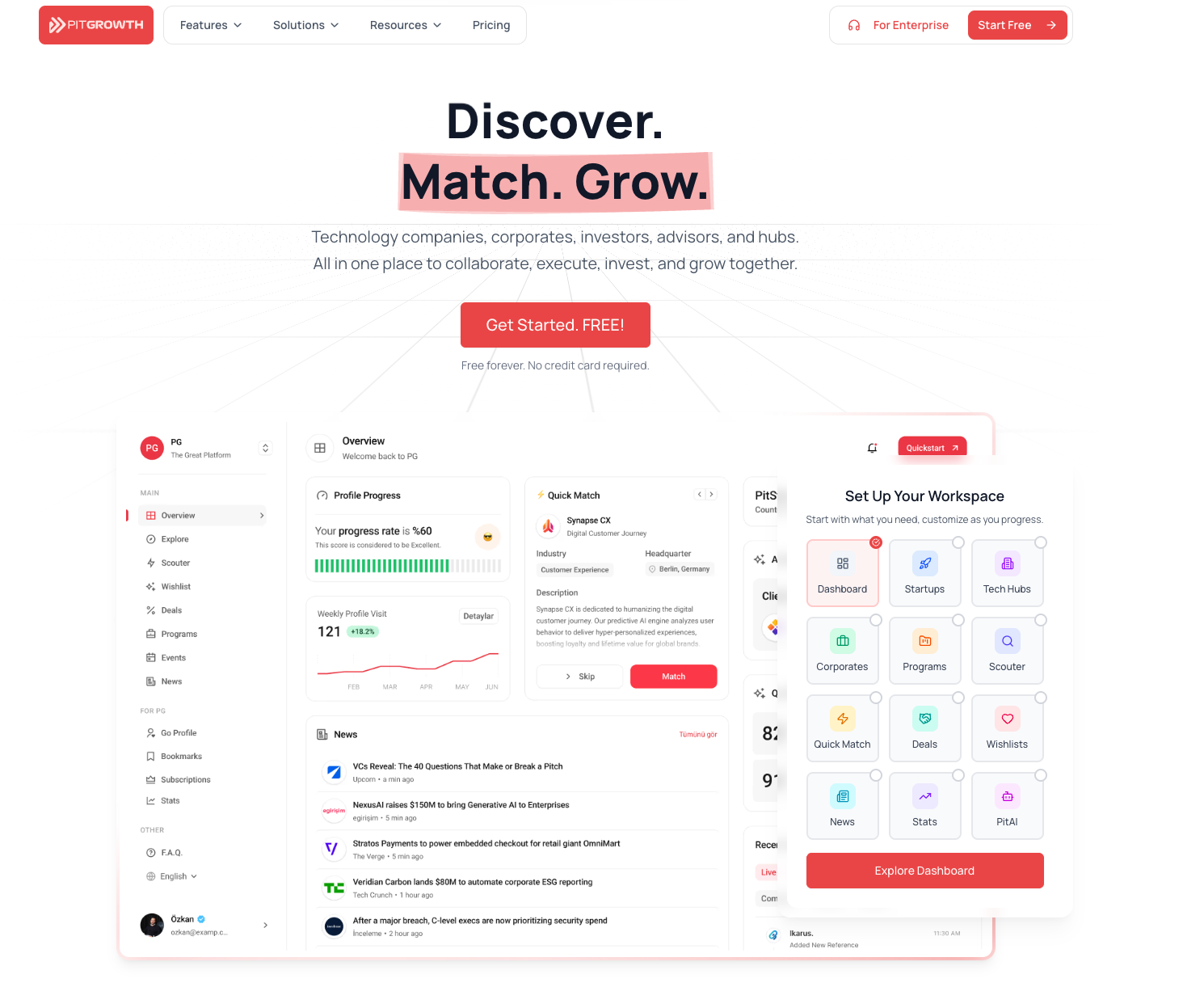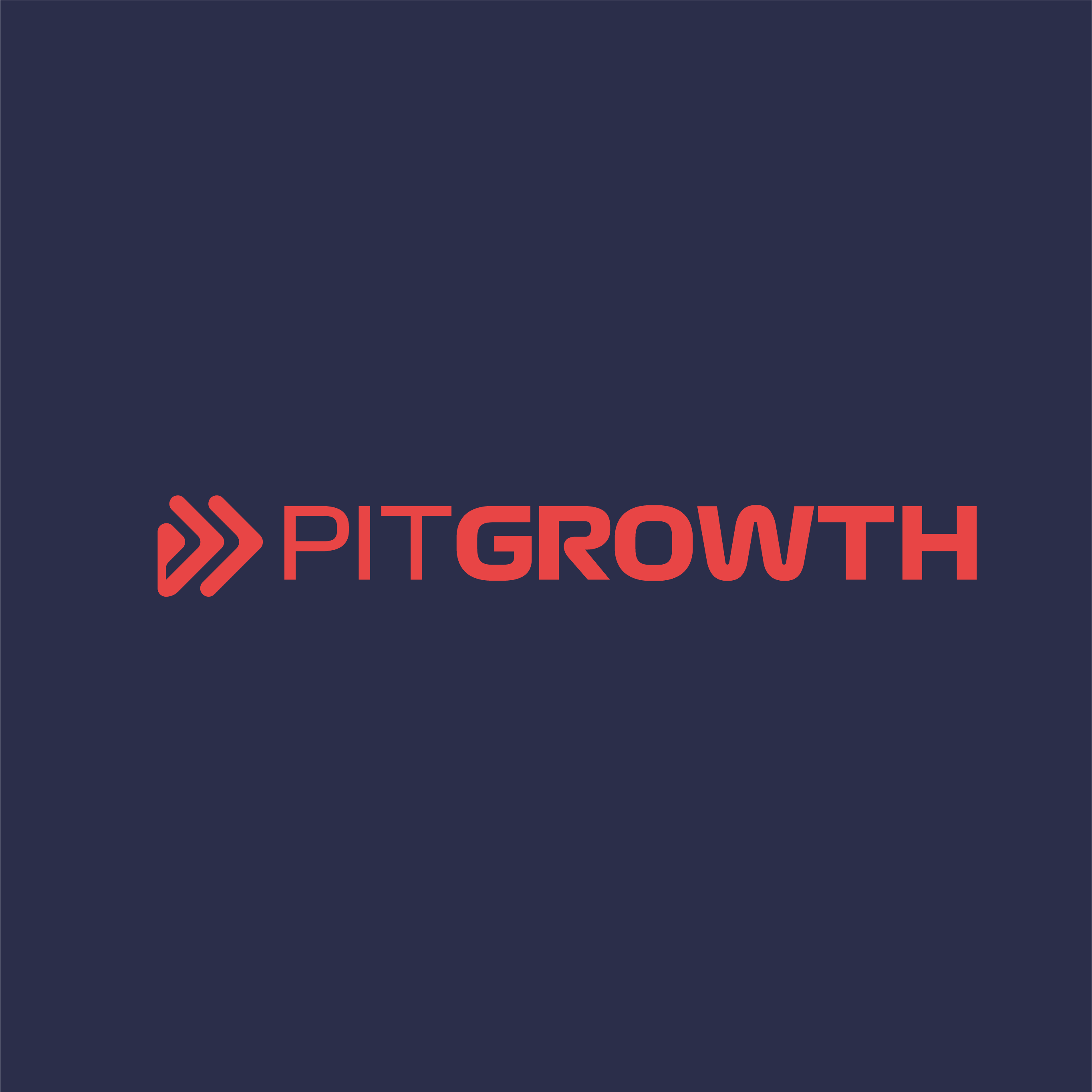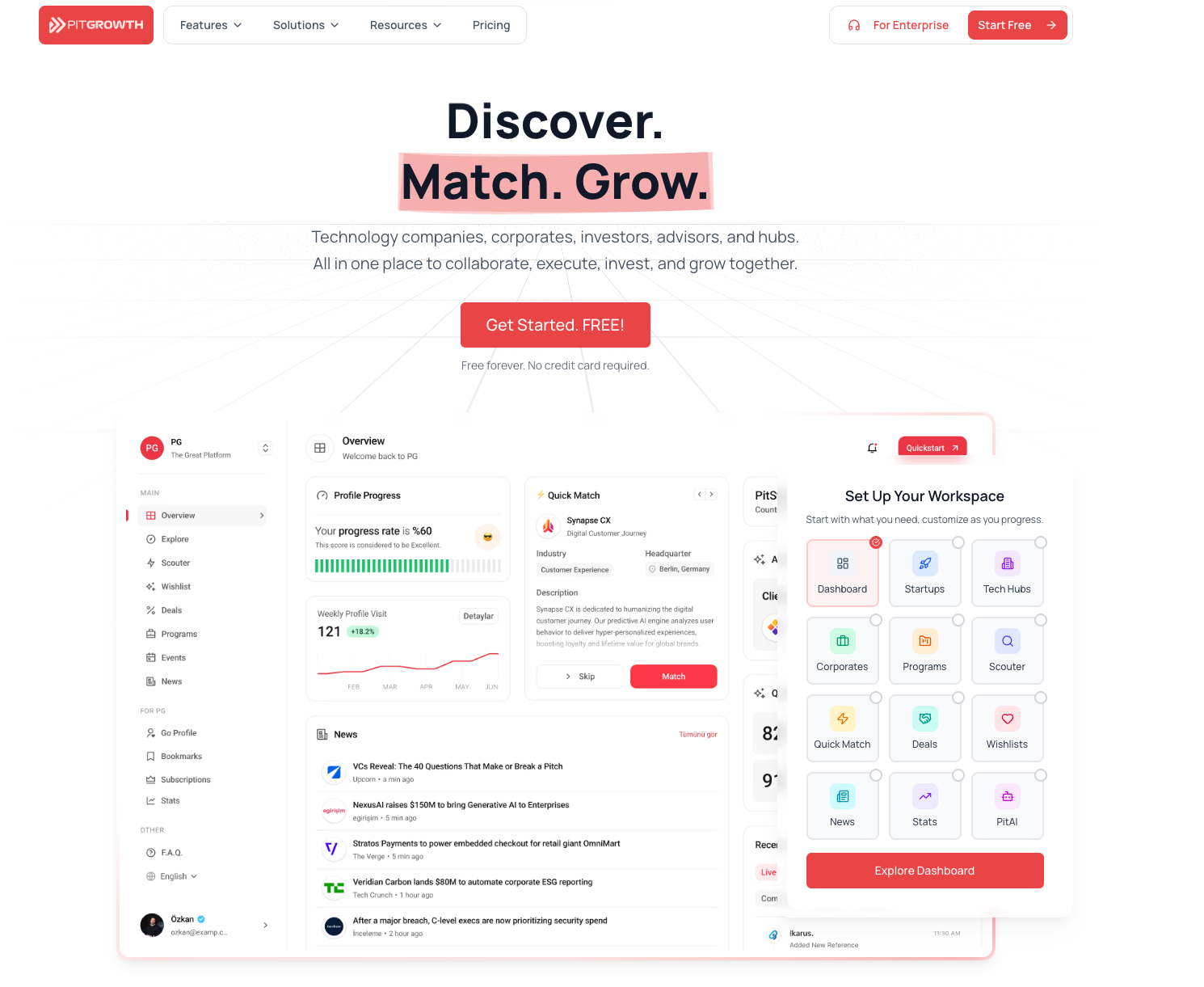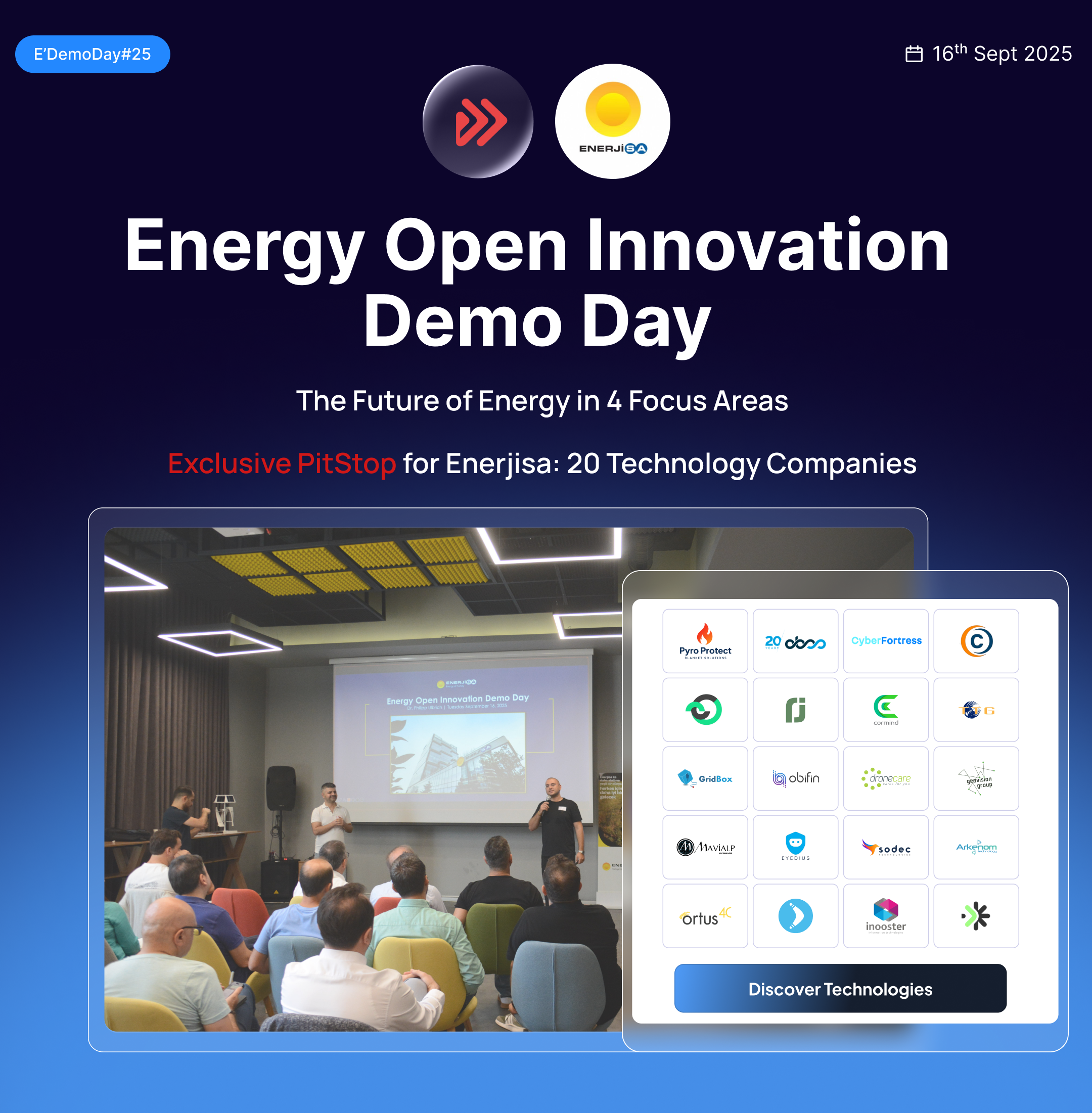Building a product or solving a meaningful problem is always exciting. But as things move forward, it becomes clear that not every topic deserves equal attention at the same time. Along a company’s growth journey, priorities like shaping the idea, reaching users, making initial sales, building internal systems, measuring outcomes, and gaining momentum come into play—each at its own pace.
All of these steps are interconnected, but not all of them carry the same weight at the same time. Understanding where the company stands makes it easier to recognize which focus areas are most relevant at that moment.
🎯 Go-to-Market: When Preparation Becomes Visible
Before a product or service meets the market, it’s important to consider how it will connect with the right audience. Questions around who it’s for, what pain it solves, and how to establish relevance begin to shape a company’s external posture.
The Go-to-Market (GTM) strategy provides structure to this early phase. It defines how the product will be introduced, through which channels, and with what kind of messaging. It becomes a practical framework for translating internal clarity into external visibility.
💬 Sales: Communicating Value and Building Trust
Once initial interactions begin, the focus shifts toward clearly communicating the value behind the product. Sales is not just about pitching a solution—it’s about understanding the other side, building trust, and making relevance obvious.
In most early-stage companies, initial sales are led by the founding team. These conversations often serve as the first true feedback loop, shaping both product and positioning in the process.
📈 Growth: Systems That Are Ready to Scale
As foundational sales processes begin to repeat, the attention often shifts to sustainable expansion. Growth isn’t just about reaching more users—it’s about doing so in ways that are efficient, measurable, and maintain a high-quality experience.
Every company will define this phase differently. But at its core, growth is about creating a structure that can stretch without breaking. It brings data, discipline, and direction into how a business scales.
🔍 Priorities Shift Over Time—That’s Natural
Different focus areas come to the forefront at different stages. A Go-to-Market strategy usually takes shape before a product is even launched. Sales becomes central when direct conversations begin. Growth becomes meaningful only when systems are in place to support it.
These transitions aren’t rigid—they emerge organically as the company evolves. When approached with intention, this shifting focus can drive healthier, more sustainable progress.
Want to explore more?











Discussion